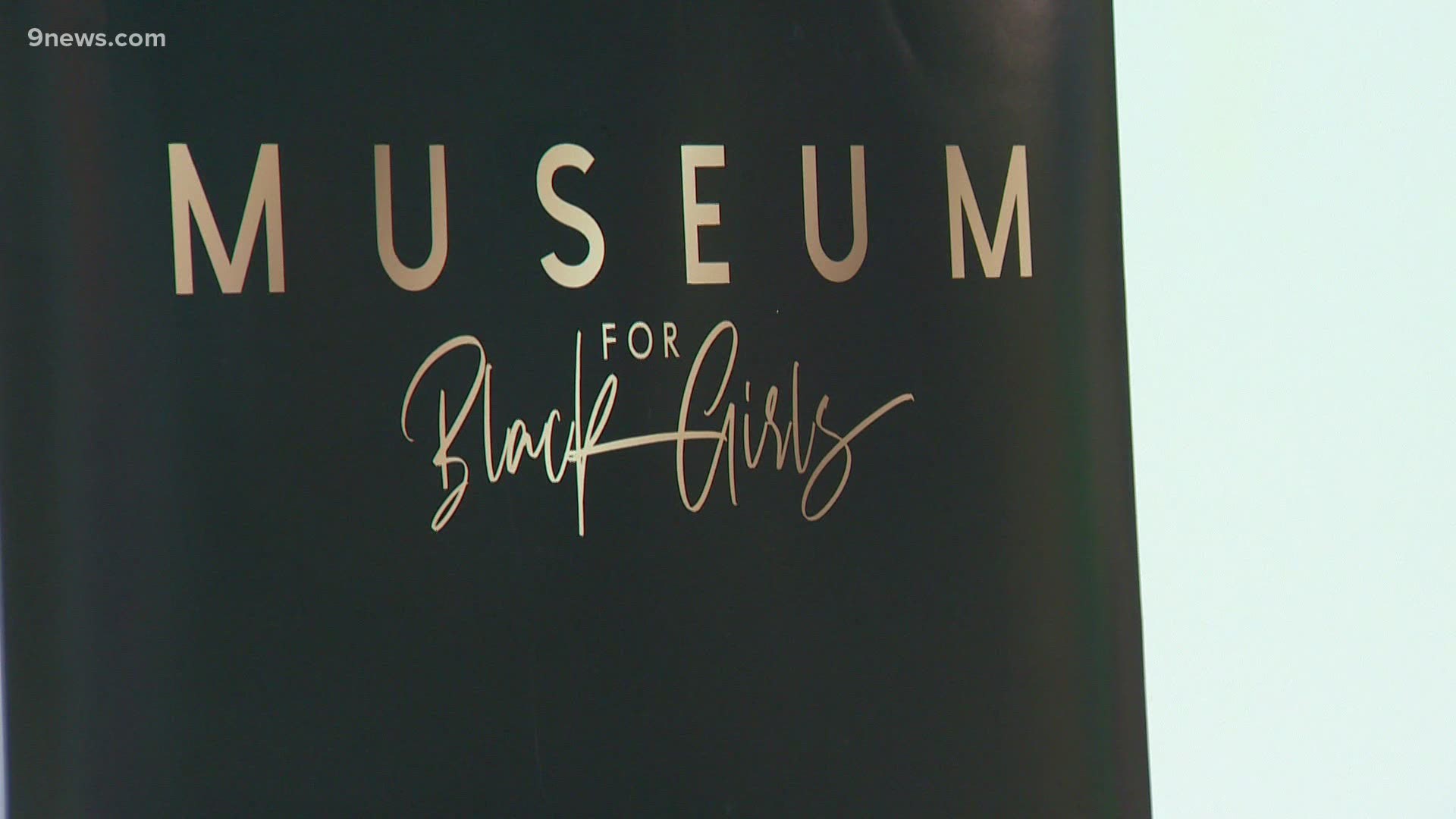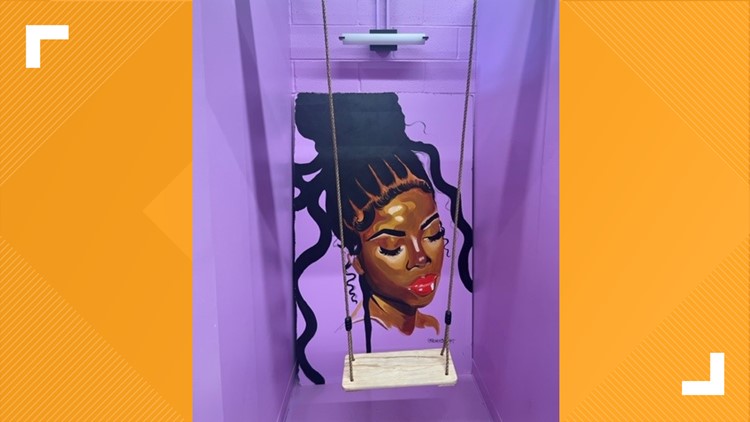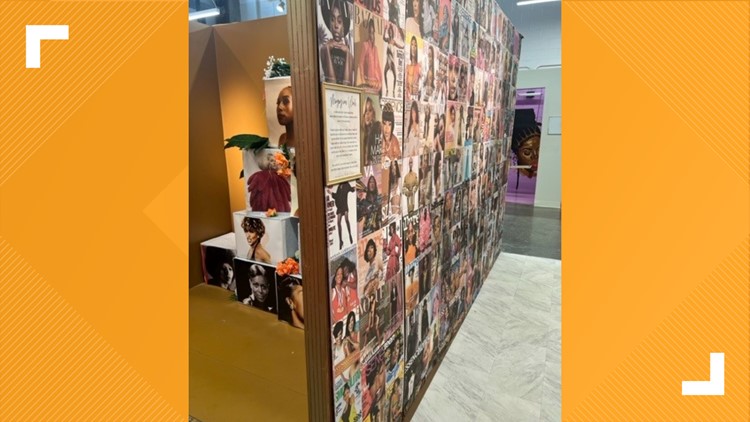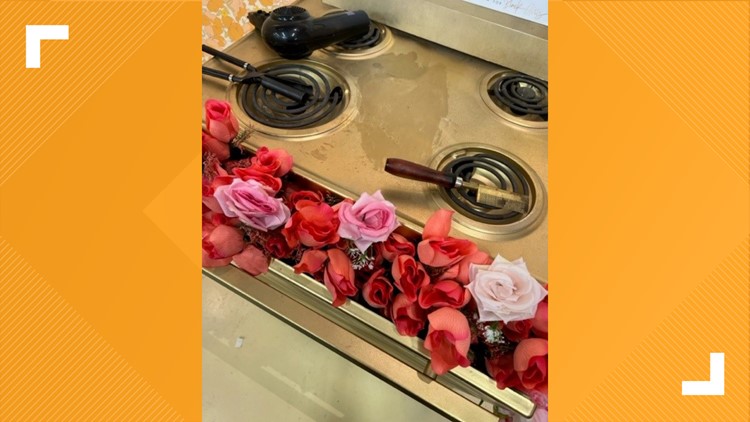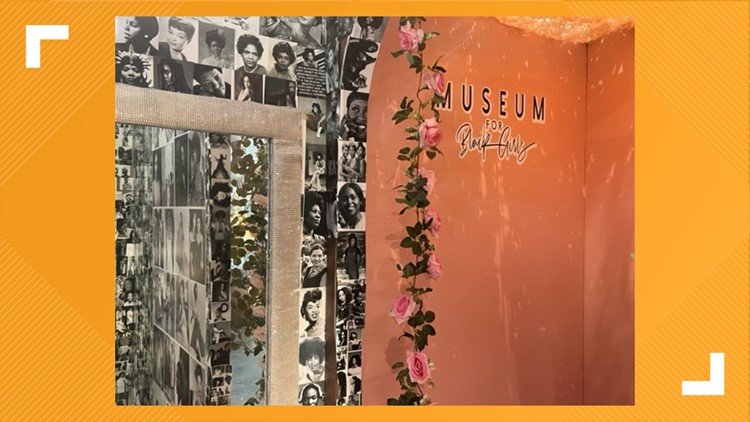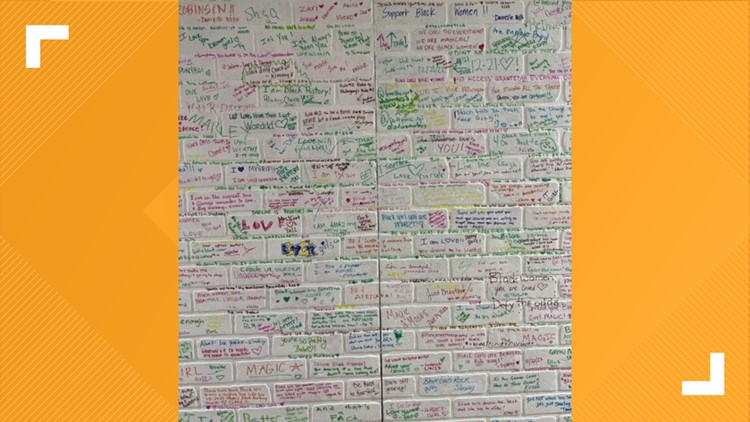WASHINGTON — Black spaces for Black girls and women can be few and far between, but thanks to the founder of an interactive museum that brings creatives together to usher in innovative art, that is no longer the case in the nation's capital.
Charlie Billingsley, the 34-year-old Denver-based founder and CEO of The Museum for Black Girls, opened the space in D.C. in September 2022. The experience includes multiple immersive exhibits which can take people back in time with nostalgic memories of growing up, such as the pressing comb in a grandmother's kitchen.
But it isn't all about the past. The exhibit also highlights women and culture of today.
"We grew up getting our hair done in the kitchen or in the living room or on the porch somewhere, being able to bring back those memories, because it's not so often that those are the things we still do today. But it was important in our world," Billingsley said, as her eyes glowed and her smile grew a little bigger. "You can also find art pieces by other Black female artists, and you can also find some educational content. So I like to tell people, it's not your typical museum, but this is a space where we are giving black girls their flowers."
The concept was born as Billingsley, a Black woman, looked around and did not see many people that looked like her nor a space to celebrate who she is.
"There's not very many Black people here in Denver. You have to find the pockets in the spaces. So whenever I travel and I see a Black girl, I'm like, oh, my gosh, hi," Billingsley said. "Just the excitement of seeing another woman who looks like you look... so that kind of inspired me, especially to start The Museum for Black Girls."
Just like the name suggests, Black women inspired the museum's creation.
"So the Museum for Black Girls, it is a celebratory space highlighting just the achievements and stories and journeys of Black women," Billingsley said. "It's also through the lens of black artists."
The museum started in Denver and has now turned into a three-year traveling exhibition. D.C. is the home of its third location, just behind Houston. The District was decided upon as a location because of its rich history as "Chocolate City," Billingsley said.
"Again, not in your typical museum world, but just because we know that the type of artist that we wanted to collaborate, the type of culture that we wanted to immerse ourselves in, we knew we could find that in D.C.," she said.
The museum is also featuring the talents of two local Black artists from D.C. The artworks include different mediums such as digital art, paintings and even one artist did an installation.
"So we have a cloud tunnel because the artist likes to say that Black women are heavens in it," Billingsley said. "So she created this whole cloud room experience with the people of what it takes to create a black woman."
The location is not only a place to admire art but it is a collaborative space where they hold events like yoga, tea parties and even R&B painting.
As Billingsley watched her dreams become reality, she has a tip for others who also hope to reach their dreams.
"I would say do it scared," she said. "I did it scared. Every moment, every monument or milestone that we have, I do it scared."
She said when she started this journey she didn't have enough money. She was fired from two jobs that year, and she borrowed items from her family and bought some from Goodwill and Facebook marketplace to start the now traveling exhibition.
She said it is important for other Black girls to know things like owning a museum are possible, being the president of the country is obtainable, or even a journalist as she looked through the lens of the Zoom camera.
The Museum for Black Girls
"Representation is important," Billingsley said reflecting on the milestones that people who look like her have accomplished. "It's important as young Black girls and even Black girls my age and older, to see ourselves represented in that world, to know that we can do those things."
As Billingsley looks to the future of the self-funded grassroots museum she hopes to one day have a permanent space - with strong consideration of the District to be that location, in addition to Denver where it all began.
But for now, she is just proud of the accomplishments made so far and plans to continue popping up in different cities to provide a place for and by Black girls.
"We don't have very many spaces as Black women that are just for us to feel safe," she said. "To feel seen, and to know how much of an impact we've had on this world. And so we're deserving of that."

